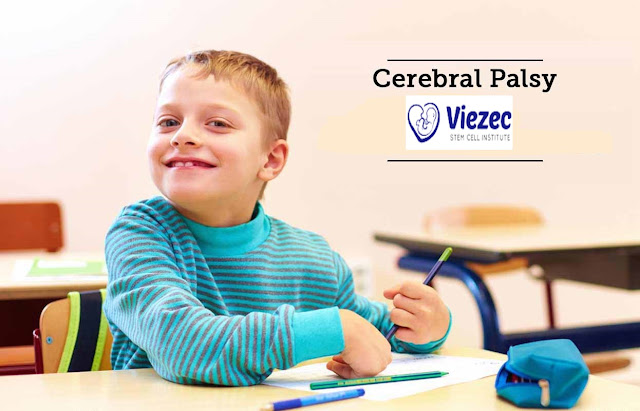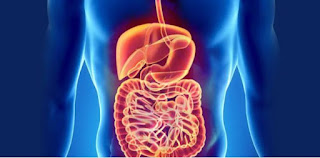What Types Of Cerebral Palsy Are Present?
Cerebral paralysis (CP) is a broad term that refers to a group of chronic “palsies” - diseases that impair development due to damage to the developing cerebrum. The majority of children with CP develop by the age of two or three, and it is a non-progressive mental disease, meaning the damage to the brain does not increase with time. However, the side effects of brain damage often vary over time, with some exhibiting indications of recovery and others displaying symptoms of deterioration. One of the most well-known causes of persistent childhood impairment is cerebral palsy.
Every year,
about 10,000 newborn infants are diagnosed with CP, and up to 1,500
preschoolers in the United States are suspected of having it. Cerebral PalsyTreatment in Delhi is offered by the best hospitals.
Around 35
percent to half of all children with Cerebral Palsy will have seizures and have
some degree of mental impairment. They may also have learning difficulties as
well as problems with vision, speech, hearing, or accent.
Much is unknown
about the disorder's origins, although evidence supports ideas that
contamination, birth wounds, and inadequate oxygen delivery to the cerebrum
just before, during, and after birth are common factors. Untimely infants are
particularly helpless. Serious illness (for example, meningitis) during
childhood, physical injury, and acute dehydration may all cause brain damage
and lead to CP.
What types of cerebral paralysis are there?
Cerebral
paralysis may be classified into three categories based on the kind of motor
impairment:
cerebral spasms,
cerebral spasms, cerebral spasms, cerebral spas
Dyskinetic
cerebral paralysis, which includes ataxic cerebral paralysis (as suggested by
the dominant symptoms, dyskinetic CP may be dystonic or choreoathetotic), and
ataxic cerebral paralysis, cerebral hypotonic paralysis.




Comments
Post a Comment